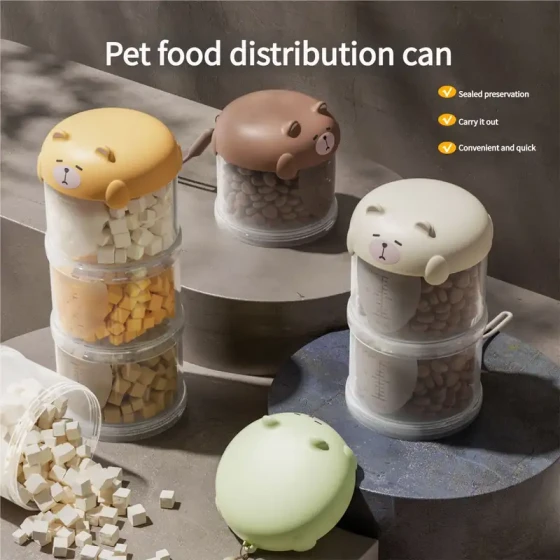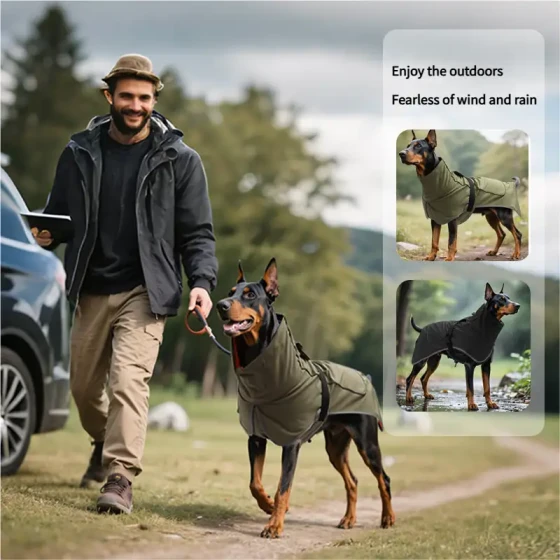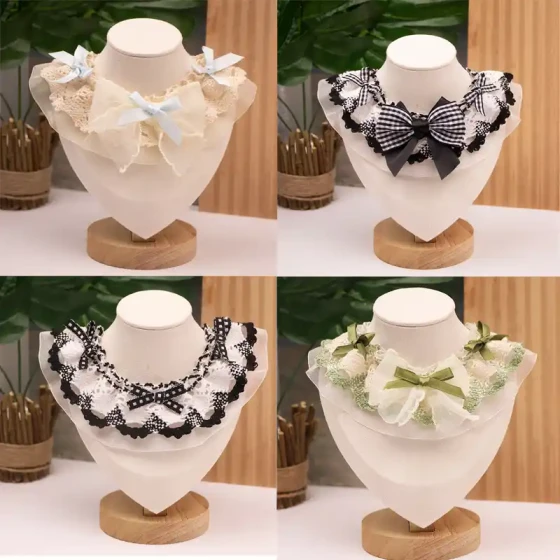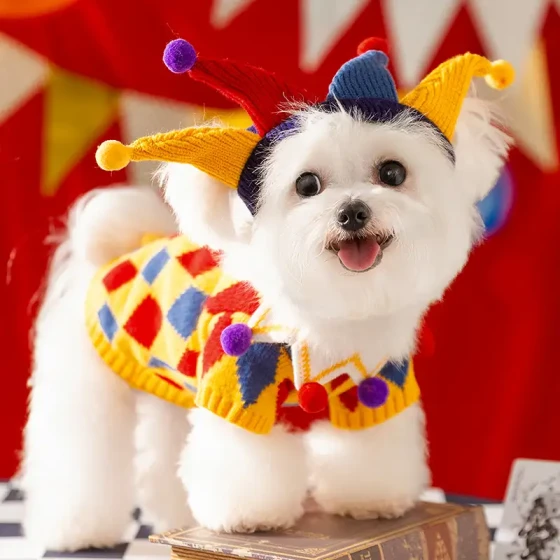How to Care for a Poodle
Brushing:
1. Place the dog on the table, and slowly brush downward from the center of the back towards the abdomen using a clean hair brush;
2. After brushing the back, brush the abdomen and the inner and outer sides of the front legs in sequence;
3. Brush the head;
4. Finally, brush the tail.
Shaving:
1. When shaving the mouth area, hold scissors in the right hand and hold the dog's mouth with the left; shave from the eyebrow tip to the nose tip, cheeks, eye corners, ear roots, neck, and chin;
2. Trim the four legs only to the heel pad area; when shaving the foot hair, separate the paw with thumb and forefinger and carefully shave away the miscellaneous hair;
3. Shave the hair on the back, around the body, and the abdomen short all together; 4. Use a “V” shaped clipping method to shave short hair 2-3CM from the base of the tail to the anus.
Cleaning:
Before washing, clean the ears and nails, then block the ear canal with long cotton swabs to prevent water from entering.
1. Squeeze out a small amount of pet shampoo and dilute with water;
2. Gently squeeze the anal glands with thumb and forefinger to clean them;
3. Apply the diluted shampoo on the head and entire body, gently rubbing from the head toward the back, abdomen, and limbs, avoiding letting shampoo get into the eyes;
4. After rubbing, rinse the entire body with water, apply a little conditioner, then rinse thoroughly.
Blow Drying:
1. Wrap the body with a bath towel, move to the table, and wipe dry the moisture;
2. Use a hair dryer to dry the remaining moisture, starting from the head, brushing the hair until the roots are completely dry; after drying, comb the entire coat again.
Ear Hair Removal:
1. Turn the dog’s ear inside out and let the dog lie quietly on its side. If your dog is uncooperative, place the dog on a higher chair or table before plucking. This height may cause the dog to be more cooperative due to fear of height. However, it is recommended to let the dog lie quietly on your lap.
2. First, dab some ear powder on the outer ear and gently massage... then use your fingers to pull out obvious hairs in the ear flap.
3. Then sprinkle some ear powder inside the ear canal. Ear powder feels like talcum powder, helping you clearly see each ear hair (注意质量,挤进去后用手捻下,看有没有硬块, - Note the quality: after squeezing it in, rub with fingers to check for lumps).
4. Rub around the ear for a moment (do not pluck immediately, let the powder take effect so it won’t hurt);
5. The previous finger plucking usually involves the outer ear area. Inside the ear canal (the visible part to your eyes; deeper parts are uncomfortable and unsafe for the pet), use tools (whether hemostats, eyebrow tweezers, or fingers) to pluck cleanly!
6. Regardless of using hemostats, tweezers, or fingers, pluck quickly—the faster, the less painful. If difficult to manage, it is better to let the ear hair grow longer for easier handling by beginners!
7. Since a dog’s ear canal is not straight-through, you need to adjust the direction of your plucking tools accordingly!
8. Finally, use a cotton swab dipped in ear cleaner to clean out remaining powder inside the ear. That’s all done! Many friends may ask: isn’t ear powder anti-inflammatory? Why clean it out? Because the facial orifices are connected, leftover ear powder may reach the eyes, so do not skip this step!
Oral Care:
Often requires the owner’s care. If you want your dog to have strong teeth and a healthy body, the owner should not avoid any preventive care. When you notice problems with your Poodle’s teeth, the issues may already be quite serious.
1. Malocclusion
The causes can be mainly divided into two: one is problems during the development of the Poodle’s upper and lower jaws, resulting in an inability to open and close normally. The other is permanent teeth growing out while primary teeth remain, causing abnormal growth. Poodles with malocclusion will have teeth stuck when closing the mouth, affecting eating.
2. Dental Tartar
Dental tartar is mainly formed from food residue and bacteria, the root cause of bad breath and periodontal disease. Once tartar forms on the Poodle’s teeth, it is difficult to remove. Therefore, owners should regularly clean their Poodle’s teeth, and if necessary, take it to the vet for professional cleaning.
Care:
1. Living environment: Place the Poodle in a well-ventilated area, avoiding direct sunlight; provide a fan or air conditioning indoors if necessary.
2. Life management: Long-haired pets can be shaved to help dissipate heat and always provide enough water.
3. Outdoor activities: Avoid taking pets out in high temperatures; if going out, carry water and reduce exercise. Wet the pet’s whole body with cold water or partially immerse it, then seek emergency medical treatment.
If the pet is severely heat-stroked, in shock or unconscious, first wet with ice water or wrap in an ice towel, or wipe with alcohol to reduce temperature, or administer cold water rectally, then promptly seek veterinary care. During transport, keep the pet’s head low, neck straight, maintain the airway, and prevent vomiting.
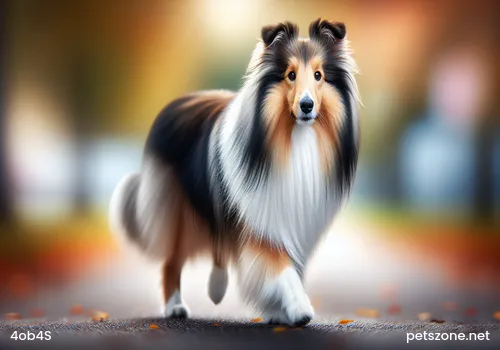
Puppies under 12 months can be trimmed into the “Barbie” style. In all competition groups, Poodles over 12 months need to be trimmed into the “English Saddle” or “European” style. In the youth group, female dogs, and pets, the “Sport” style is acceptable. Other grooming styles are not favored in competitions.
